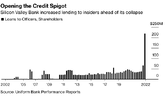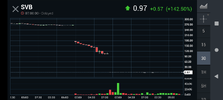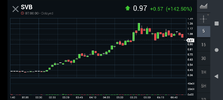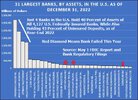- Joined
- 20 July 2021
- Posts
- 11,021
- Reactions
- 15,301
the Saudis had close to 10% whether that was senior debt or shares of bothEvidently, the Saudis had money in the headstock and not AT1 stuff.
So, who's the bitch?
interesting to see if the Saudis had existing exposure to UBS ,





